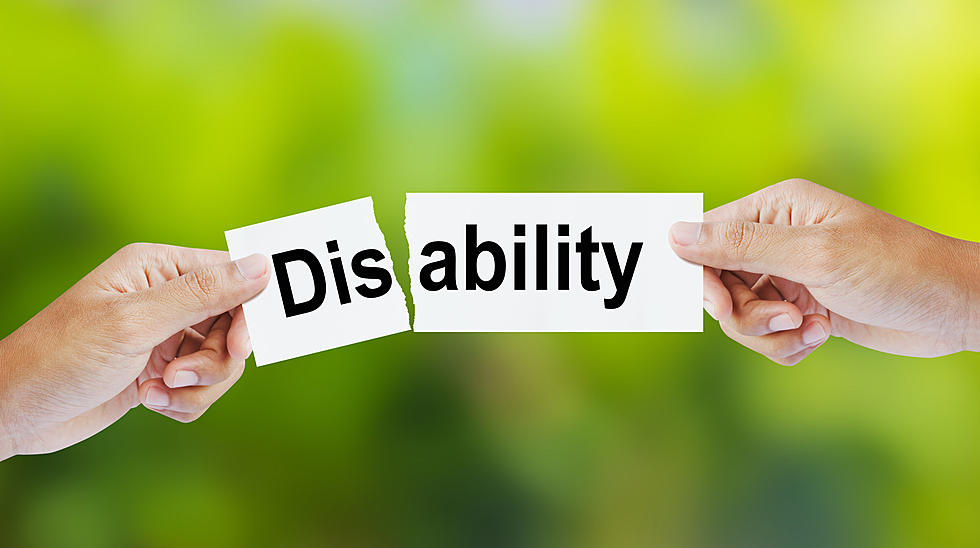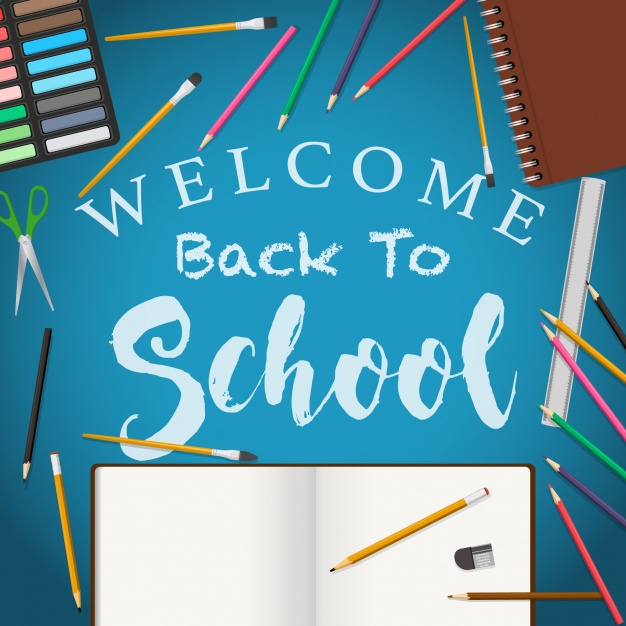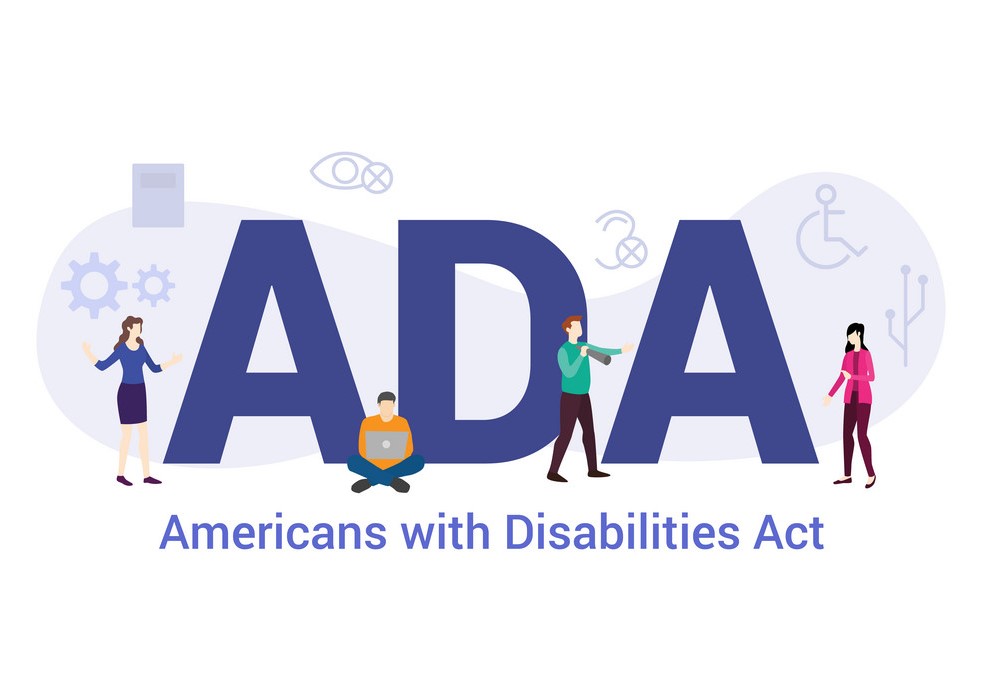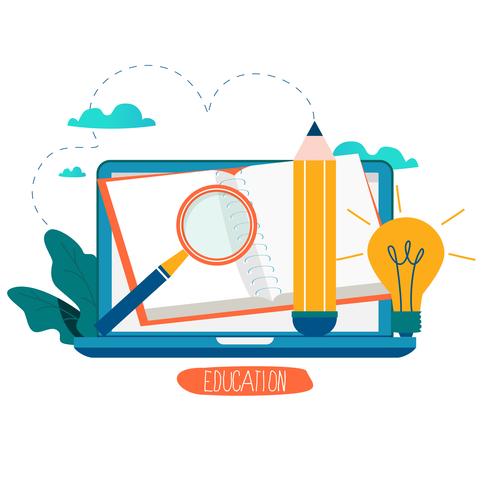With the onset of Covid-19, educators have found themselves in uncharted territory. In the spring, when schools closed their doors, they were forced to shift from in-school instruction to online instruction. For the roughly 7 million American students with special needs, the coronavirus pandemic and its attendant school closures have presented unique challenges. At school, these students received individualized instruction from trained professionals who understood their unique ways of thinking, perceiving, and processing. Many students had one-on-one professionals with them in the classroom in addition to their special education teacher and also received occupational, speech, and physical therapy. Following school closures in March, many schools made an effort to continue the services and therapies that help students with disabilities access their education, but others did very little. In a survey released in May by the organization Parent Together, only 1 in 5 families was receiving all the special education services they were entitled to.
For many special education students, the tools that other children use for remote learning—Zoom, Microsoft Teams, or printed work packets, are simply not accessible. For example, students with sensory disabilities often use assistive technology, but many online platforms are not compatible with assistive technology and certain lessons cannot be taught remotely. For low income families, internet access may be limited or unavailable. They lack printers or even paper to print lessons. The nature of neurological and learning differences means that many students with special needs find change and inconsistency particularly stressful. It is more difficult for them to be flexible and go with the flow, and they often do not have the attention to sit in front of a screen.
Receiving therapy remotely presents its own challenges. In some cases, parents were given a video to watch, instructing them how to provide therapies themselves. In other cases, students did receive real-time virtual therapy, but it required parents to gather a wide array of materials, find a quiet spot in their home, and then guide the child through every step of the therapy. Neither of these approaches is sustainable, and the therapies were not as effective as in-person sessions.
As schools begin reopening, many fear the loss of specialized instruction and therapies, and reliance on family resources has caused special education students to fall behind on the subjects and skills they had been working on before the pandemic. According to Shawn Ullman, Senior Director of National Initiatives at the ARC, “there’s a general belief that students with learning disabilities lost more learning” than other students. Some of the disparities that plague education are getting wider. Instead of attending the same school with similar access to supplies and instruction time, students are directly dependent on their home resources. Parents who work, have less means and/or less education, and their children, are at a significant disadvantage.
Solutions to education during a pandemic are complex. The issues inherent in education for those with special needs only add to the complexity. While some experts have advocated return to in-person learning to mitigate the academic and social losses associated with online learning, some students with disabilities have underlying conditions that make going to school during a pandemic especially risky. At the same time, many students have behavioral and other needs that are met much more effectively in the structured environment of school. One thing is certain, the federal government has not waived requirements under the Individuals with Disabilities Education Act, and schools are still required to comply with the services mandated by Individualized Education Programs. If you are concerned that your child is not receiving appropriate services, many advocacy groups are available to provide assistance.












